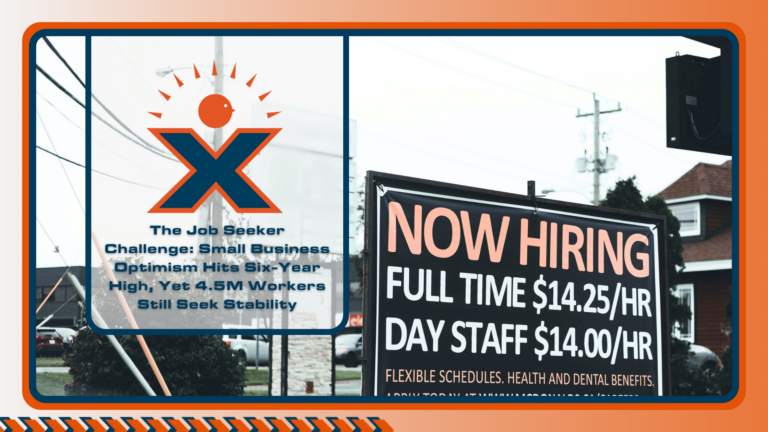“Hiring is not just about filling positions. It’s about finding the right talent to drive business success.” – Josh Bersin, Global HR Industry Analyst. Businesses are adjusting their hiring strategies as employment conditions evolve. The staffing outlook indicates strong job growth in some sectors, slower hiring in others, and an increase in planned layoffs. Reports on workforce trends highlight areas of opportunity while also signaling challenges that employers should prepare for.
Industries with the Most Hiring Activity
A recent analysis of the job market from U.S. News & World Report shows that healthcare, technology, and finance remain among the most active sectors for hiring. Jobs such as nurse practitioners, software developers, and financial managers continue to rank highly due to their stability and competitive salaries.
Businesses looking to hire in these fields should focus on offering strong compensation, workplace flexibility, and opportunities for career development. Companies that do not adjust their hiring strategies may have difficulty securing the talent they need to remain competitive.
Economic Conditions Affecting Hiring Outlook
Recent reports from Reuters highlight the effects of inflation and interest rates on employment. Rising borrowing costs have led to hiring slowdowns in industries such as construction and manufacturing. Sectors less impacted by these financial pressures continue to maintain steady employment levels.
The staffing outlook suggests that businesses should consider economic conditions when planning workforce changes. Some industries may be able to expand hiring, while others may need to evaluate long-term costs before adding new positions. Companies that remain flexible in their staffing decisions will be better positioned for stability.
Workforce Reductions and Employer Planning
While some companies continue to expand, others are preparing for potential job cuts. A survey from ResumeTemplates.com found that 47% of businesses expect to reduce staff in 2025. Reasons for these reductions include automation, financial constraints, and company restructuring.
Organizations that anticipate workforce changes should focus on supporting employees through retraining and career transition programs. Open communication and internal mobility efforts can help retain talent and reduce disruptions. Despite these layoffs, industries such as healthcare and technology are expected to continue hiring.
Key Takeaways for Staffing Managers
For hiring managers and business leaders, workforce planning should be based on a combination of labor demand and financial conditions. Companies in high-growth sectors should strengthen their recruitment efforts, while those facing uncertainty may need to focus on retention and operational efficiency. A well-planned staffing strategy can help businesses adjust to shifting employment needs.
Businesses Must Adjust Hiring Strategies
Josh Bersin’s statement reinforces that hiring is about more than filling vacancies. The staffing outlook emphasizes the importance of a well-planned approach to workforce management.
Companies that regularly assess hiring conditions, adjust strategies based on market factors, and invest in employee development will be in a strong position moving forward. Staffing decisions made today will influence business operations in the months ahead. Ready to maximize your hiring staff’s potential? Contact NEXTAFF today! Come explore how our customized staffing solutions can drive your business forward. Learn More About Client Solutions Today!












